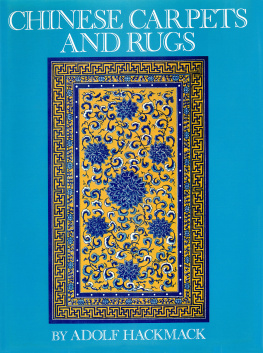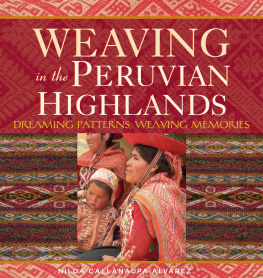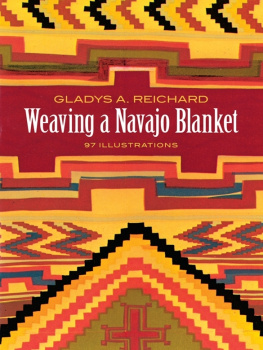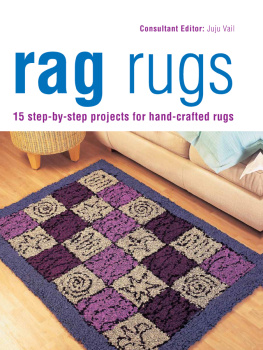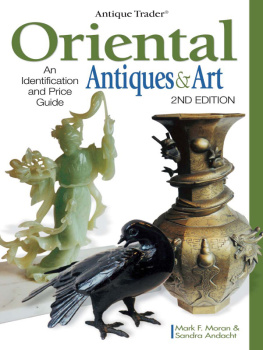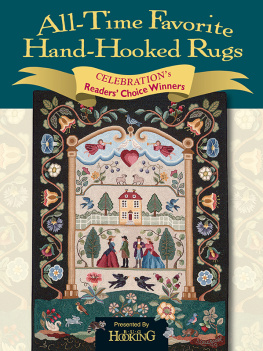Adolf Hackmack - Chinese Carpets and Rugs
Here you can read online Adolf Hackmack - Chinese Carpets and Rugs full text of the book (entire story) in english for free. Download pdf and epub, get meaning, cover and reviews about this ebook. year: 1980, publisher: Charles E. Tuttle Company, genre: Religion. Description of the work, (preface) as well as reviews are available. Best literature library LitArk.com created for fans of good reading and offers a wide selection of genres:
Romance novel
Science fiction
Adventure
Detective
Science
History
Home and family
Prose
Art
Politics
Computer
Non-fiction
Religion
Business
Children
Humor
Choose a favorite category and find really read worthwhile books. Enjoy immersion in the world of imagination, feel the emotions of the characters or learn something new for yourself, make an fascinating discovery.
- Book:Chinese Carpets and Rugs
- Author:
- Publisher:Charles E. Tuttle Company
- Genre:
- Year:1980
- Rating:3 / 5
- Favourites:Add to favourites
- Your mark:
Chinese Carpets and Rugs: summary, description and annotation
We offer to read an annotation, description, summary or preface (depends on what the author of the book "Chinese Carpets and Rugs" wrote himself). If you haven't found the necessary information about the book — write in the comments, we will try to find it.
This guide to chinese rugs is a classic work of art history and of enormous importance to collectors, artists and casual readers alike.First published in the famous rug-making city of Tientsin more than fifty years ago in a limited edition, Chinese Carpets and Rugs has unjustly been out of print for far too long. It has been the object of eager and futile search by many collectors, and its reappearance here in a faithful photographic reprint is certain to be welcomed by all discerning students of carpet weaving in one of its most famous and delightful forms.The book presents valuable essays on the development of carpet weaving, the colors of Chinese carpets, and the weaving process. The enduring worth of this book is proved by its continuing high reputation among collectors.
Adolf Hackmack: author's other books
Who wrote Chinese Carpets and Rugs? Find out the surname, the name of the author of the book and a list of all author's works by series.

